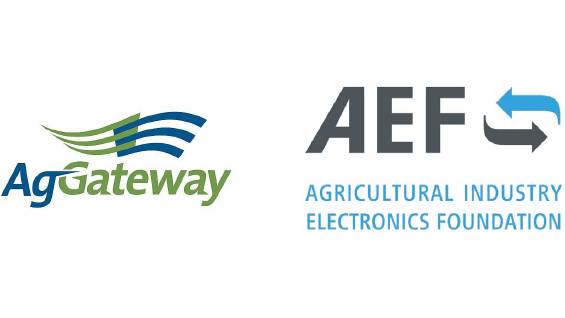How Precision Ag Technology is Being Adopted: Final Agenda Announced for Precision Application Asia Conference
Adoption curves of various technologies vary by region because of infrastructure and available service providers. In many parts of Asia, service providers are leapfrogging to cutting-edge application methods. Here’s why Asian agriculture is primed for adoption of precision ag technologies:
- The Uber economy is making mechanization, technology, and decision support more accessible through service providers in Asia. Tractors, UAVs, satellite imaging, ground leveling services, irrigation services, pesticide application, and handheld decision diagnostics and decision support are more accessible for smallholder farmers than without investment in expensive infrastructure.
- Labor and upskilling: With labor shortages for agriculture workers in places like Japan, where the average age of the farmer is 67, precision agriculture and mechanization is critical for food production and food security. Conversely in places like Thailand, where up to 60% of workers are employed in agriculture, precision ag technology, such as UAV spraying, allows workers to learn new skills, move up the value chain, and stay safer than backpack spraying.
Combine these developments in Asia with other global megatrends:
Global demand from consumers and food processors for accountability for the full lifecycle of produce is creating new market access opportunities for smallholder farmers. Fewer chemistries in targeted areas, less fertilizers, and less water use will create more efficient and profitable farmers and more sustainable production systems.
Major chemistries, including glyphosate and dicamba are expected to peak in 2020 before declining as a result of new GMO varieties and regulatory scrutiny. Precision agriculture is reducing the need for blanket fungicide applications, and overall pesticide volumes are already decreasing in Europe.
MORE BY DAVID FRABOTTA
Carbon Credits, Agtech Investment Trends Among Key Topics Addressed by AGvisorPRO CEO
Autonomous Functionality in Farming Is Already Here in Many Ways
What’s next? Get your primer on what’s to come: Precision Application Asia Conference – full agenda finalized – has been strategically developed to begin with global trends that impact crop protection and end with pragmatic solutions for growth and technology adoption in the region.
Speakers on Nov. 5-6 include:
- Tong Wei, Global Cooperation Director, XAG
- Gaurav Sharma, Global Agrichemicals Research Lead, Accenture
- Markus Sherer, Consulting Director, Ipsos Business Consulting
- Peter Baur, Head of Competence Center Crop Solutions, Clariant
- Siang Hee Tan, Executive Director, CropLife Asia
- Jin Xi (JX) Cheong, CEO, Poladrone
- Dr. Bjoern Roepke, Head Regulatory, Product Safety & Operations, Bayer Crop Protection – Asia Pacific
Plus learn how the Thailand Board of Investment is promoting startup projects and companies through direct investment and business matchmaking services. Top drone manufacturers DJI and XAG will discuss how they are pushing their technology through the value chain to create new local businesses based on cutting-edge service options. Formulation technology experts from Lamberti, China Agriculture University, and others will discuss how new technologies are changing how products are being used around the world. Explore scalable solutions for value chain creation with Grow Asia, Beanstalk AgTech, APAARI, and others.
“Precision application of crop protection products has the chance to change agriculture in Asia,” says Felix Thuerwaechter, Managing Director of Jebagro GmbH, whose subsidiary in Myanmar is applying almost half of its pesticide products with UAVs. “Combining and implementing all tools will help to improve safety of applicators, safety of environment, and safety of consumers. It also has the chance to change value chain of pesticide distribution. We are proud to provide a forum to address all these topics”
See who’s attending as well as the full advisory board members who helped shape this conference, complete speaker lineup, session descriptions, and networking opportunities at www.precisionapplication.com.
Bonus Field Day: Learn to fly a UAV and learn how this technology will change crop input supply, demand, and use around the world: Workforce education advances adoption, and we’ve partnered with Thailand’s S.A.T.I., a full-spectrum Thai agricultural technology company whose core business involves training local farm workers to use technology and prepare them for emerging changes in production systems.










